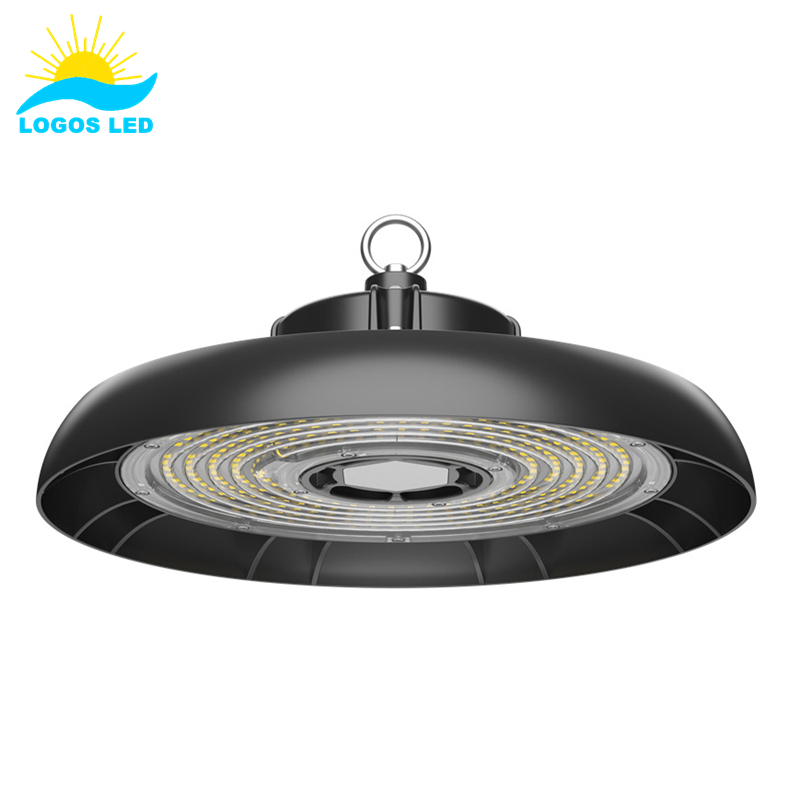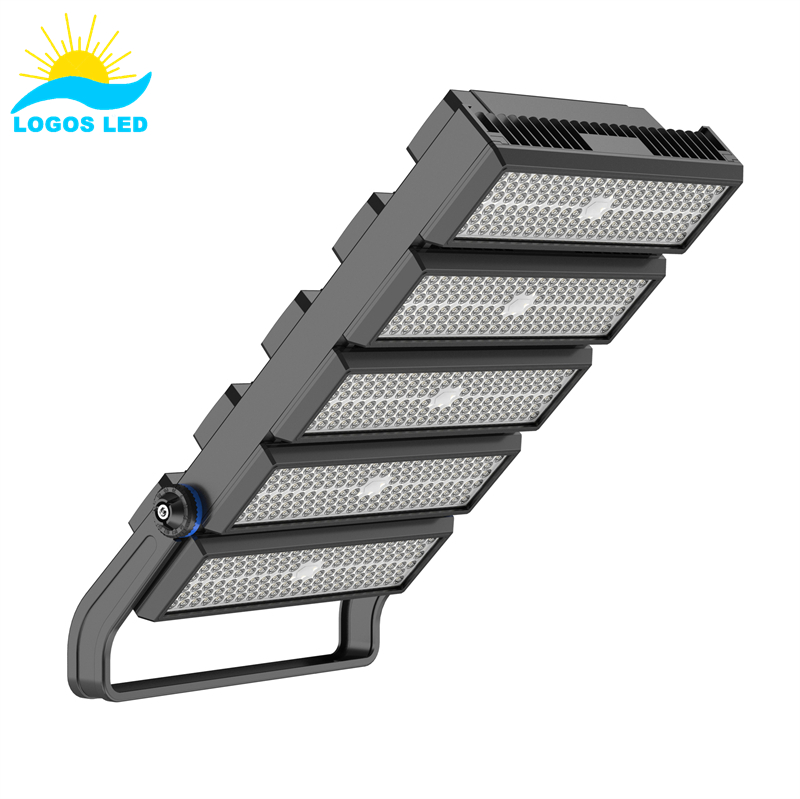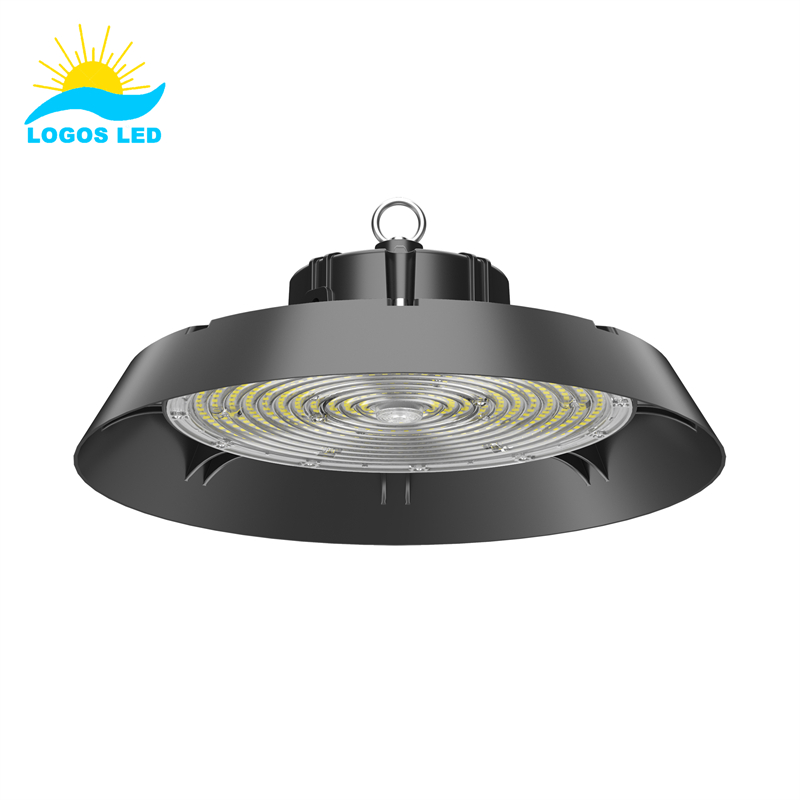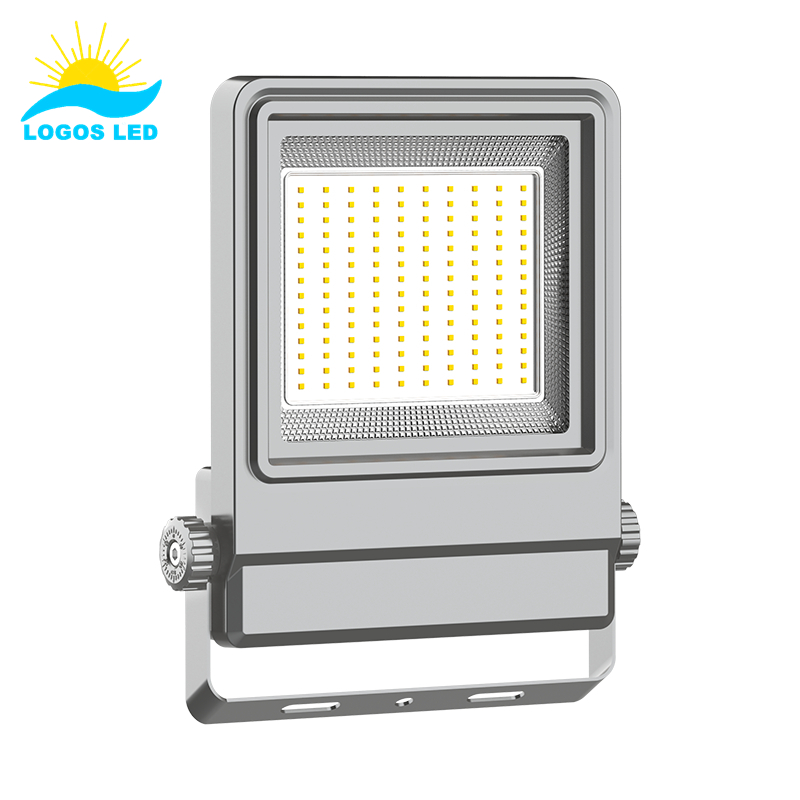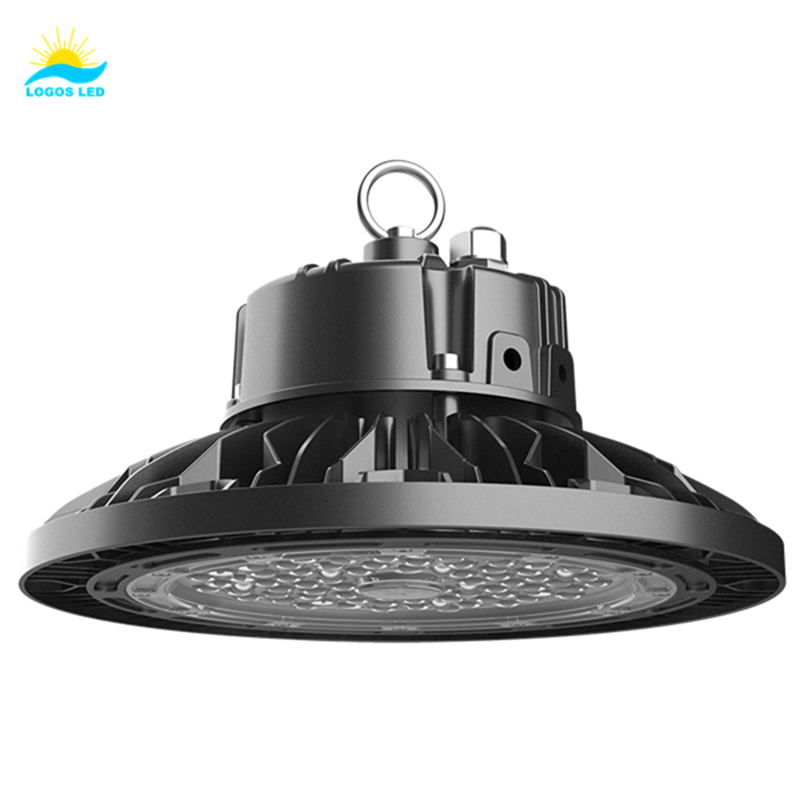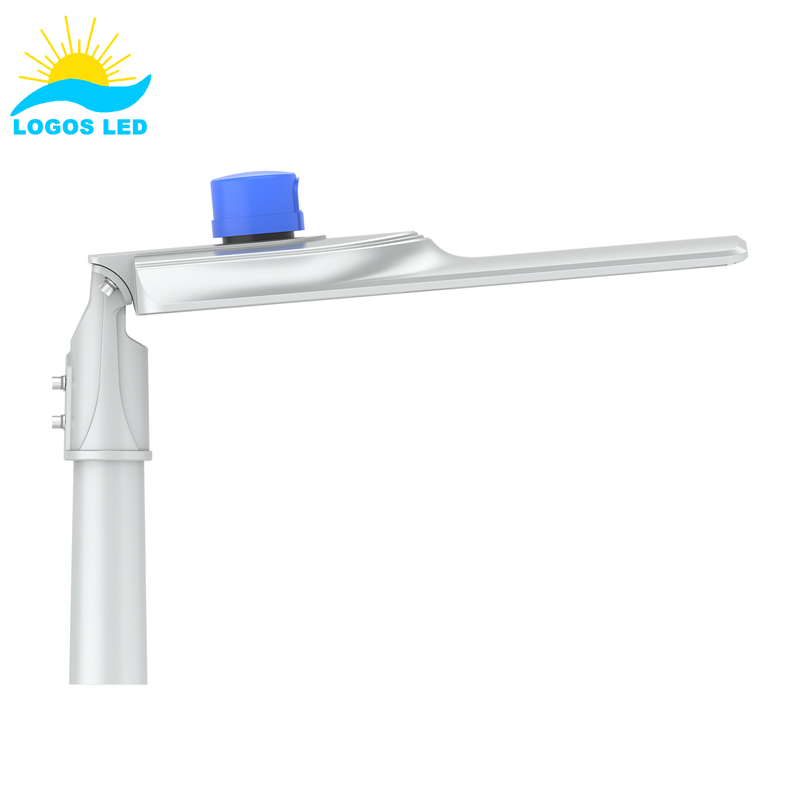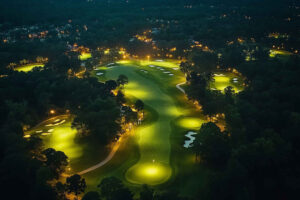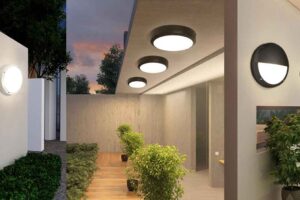Nothing ruins a peaceful evening like bugs swarming around your lights. The wrong lighting can turn your space into an insect party. But the right LED setup? Total game-changer.
LED lights are far less attractive to bugs compared to traditional lighting, especially when using warmer color temperatures like yellow, orange, or red. Bugs are naturally drawn to UV and blue light, which is minimal or absent in quality LED fixtures. So while no light is 100% bug-proof, switching to LEDs is one of the smartest ways to minimize insect problems around your home, garden, or warehouse.
Let’s dig into what types of LEDs attract bugs—and how to avoid turning your lights into a bug beacon.
Table of Contents
Do LED lights Attract Bugs and Insects?
Yes, some LED lights can still attract bugs—but far less than traditional lights. Why? Because most bugs are drawn to UV and blue light spectrums, which are nearly absent in most modern LED lights.
Many people ask, “Do LED lights attract bugs in the house?” or “Do LED lights attract silverfish?” The answer is—it depends on the LED’s wavelength. At Logos Lighting, we design fixtures that minimize the wavelengths bugs love. That means fewer mosquitoes, moths, and flying pests.
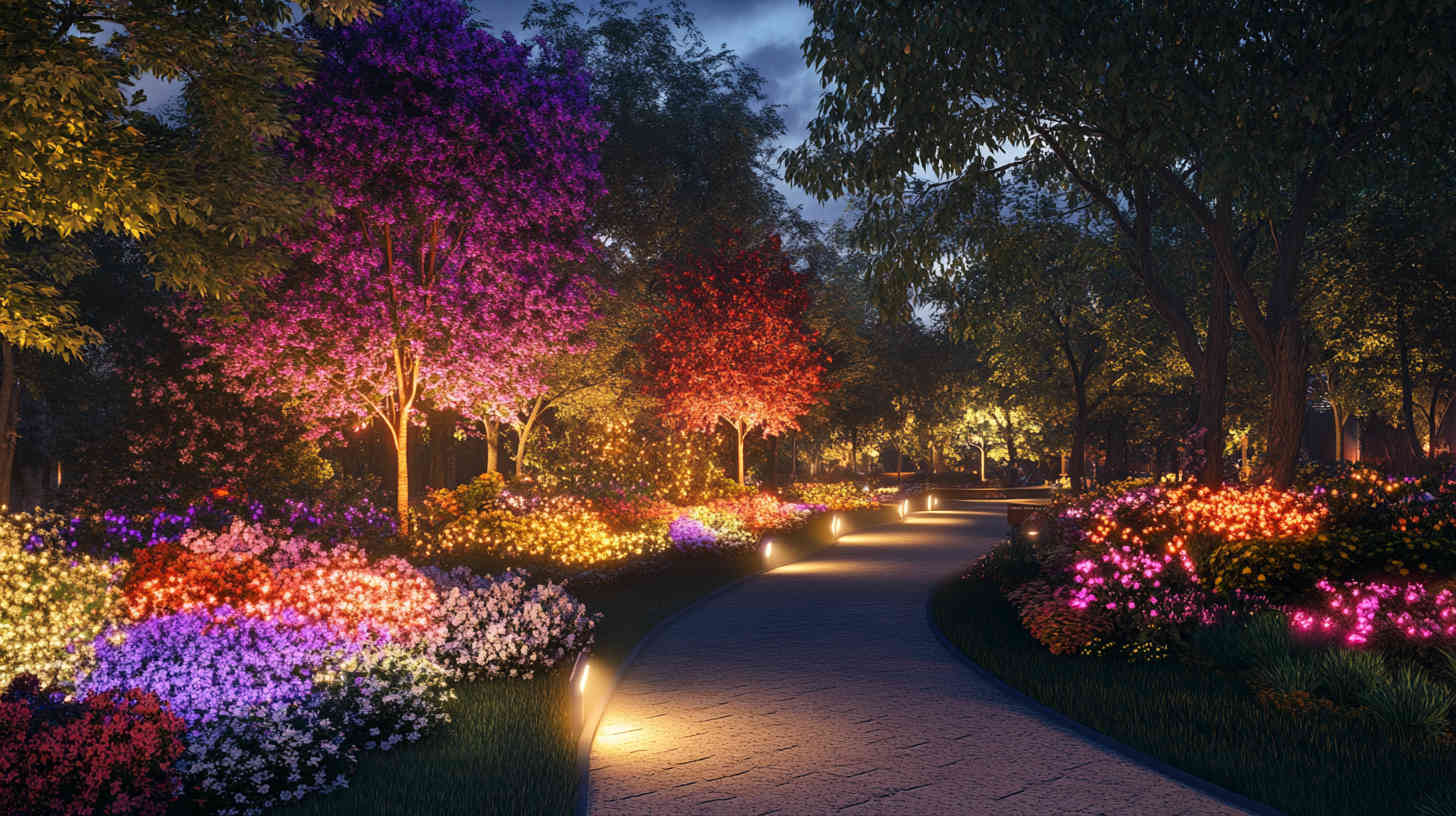
Why Do Lights Attract Bugs?
Ever wonder why bugs swarm around lights at night? It’s not just bad luck—it’s how insects are wired. Most flying insects use natural light sources like the moon to navigate. When artificial lights show up, they confuse the bugs’ sense of direction.
Ultraviolet (UV) and blue light are especially attractive to insects because they closely resemble the wavelengths of natural light that bugs rely on. That’s why older bulbs like incandescent and fluorescent lights, which emit a lot of UV, tend to attract large numbers of insects.
LED lights, especially those with warm color temperatures (around 2700K–3000K), emit very little UV or blue light. As a result, they’re far less appealing to bugs. This makes LED lighting a much better option for outdoor spaces where you want fewer pests flying around.
If you’re noticing spiders around your LED lights, it’s not because the LEDs attract them directly. It’s more likely that the spiders are taking advantage of the other bugs being drawn to the area. In other words, spiders are there for the buffet—not the lighting.
So if you want a bug-reduced lighting setup, stick with warm white LED lights. They keep your space bright without inviting in every flying insect in the neighborhood.
Which Kinds of Lights Do Attract Bugs?
Some types of lights are much more likely to attract insects than others. The main reason? They emit ultraviolet (UV), blue, and bright white light—wavelengths that bugs can see and are drawn to. Here are the main culprits:
- Incandescent Bulbs: These give off a warm glow, but they also emit a good amount of UV and heat. Both attract a wide range of insects.
-
Compact Fluorescent Lamps (CFLs): CFLs emit UV and blue light, which makes them very appealing to flying bugs.
-
Mercury Vapor Lights: Common in street and industrial lighting, these lights emit high levels of UV and are notorious for drawing swarms of bugs.
-
Halogen Bulbs: Similar to incandescent lights, halogens produce a lot of heat and some UV, making them a strong attractant.
Even some types of LED lights can attract bugs—especially cool white or blue LED strips. LEDs with color temperatures above 5000K fall into the “daylight” range and emit more blue light, which bugs respond to.
If you’re looking to reduce insect attraction, choose warm white LEDs (2700K–3000K). They emit little to no UV and blue light, making them a better choice for patios, garden lights, and any outdoor areas where you want to enjoy your evening bug-free.

What kinds of lights do not attract bugs?
Warm-colored LED lights (under 3000K) are your best defense. These include amber, yellow, orange, and red lights. These colors are much harder for insects to detect.
Some people ask, “What color light does not attract bugs?” Red is your safest bet. “Do red LED lights attract bugs?” Very rarely. They can’t see that spectrum well, so they usually avoid it.
How Do I Stop LED Lights from Attracting Bugs?
LED lights are better than older bulbs when it comes to attracting bugs, but they’re not completely bug-proof. The good news is there are several easy steps you can take to make your space less inviting to insects:
1. Use Warm Color LEDs (2700K–3000K)
Bugs are drawn to UV and blue light, so avoid cool white or daylight LEDs (5000K and above). Stick with warm white LEDs, which emit less blue light and are less noticeable to insects.
2. Install Motion Sensors
Instead of leaving lights on all night, use motion sensors so they only turn on when needed. This reduces the time lights are on and limits the chances of bugs gathering.
3. Add Yellow-Tinted Lenses or Filters
Yellow filters help cut down the blue spectrum even more. These are great for patios or shop entrances where you want to light the area without lighting up a buffet for bugs.
4. Choose Fully Sealed Fixtures
Make sure your outdoor fixtures are sealed tight. Bugs can crawl inside the light housing and get trapped, which not only looks bad but can reduce light output over time.
5. Use Proper Shielding
Point your lights down and use fixtures with shielding to direct the beam only where it’s needed. This reduces light spill, which can attract bugs from surrounding areas.
Whether you’re trying to stop bugs from swarming your backyard light or keep them off your storefront, these strategies will help cut down the unwanted guests and keep your space bright and clean.
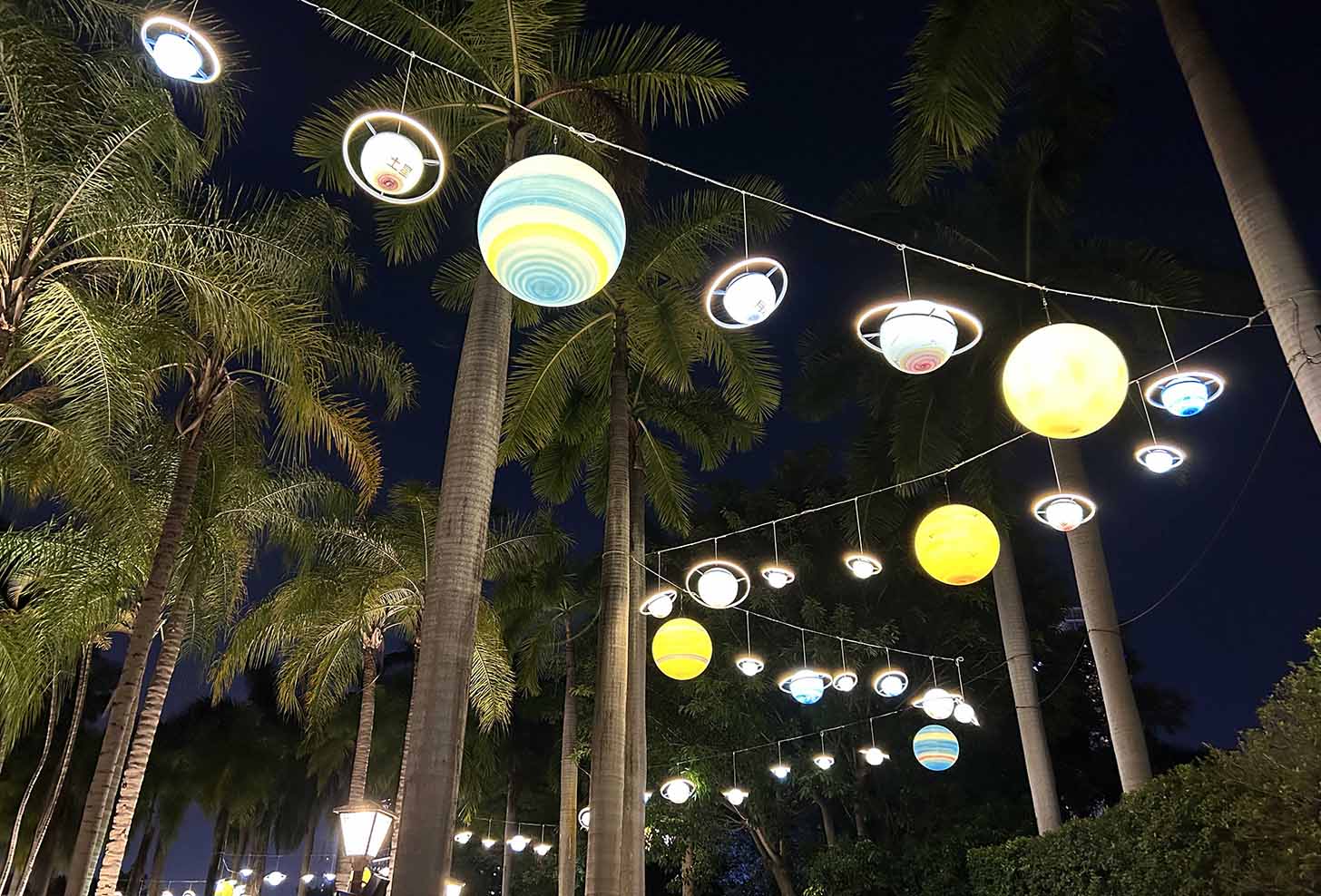
Are insects attracted to LED light?
They can be—but much less than with traditional lights. The level of attraction depends on the LED’s color temperature and whether it emits UV. Insects don’t perceive light like we do. They see wavelengths we can’t, especially ultraviolet.
That’s why bug zappers use UV bulbs. So if your LED lights don’t emit UV, you’re in the clear. High-quality LEDs from Logos Lighting are engineered to limit UV output and keep your space pest-free.
What LED color kills bugs?
Technically, LED color doesn’t “kill” bugs, but red and amber lights do a great job of keeping them away. These wavelengths are either invisible or unattractive to insects.
You may have seen ads saying “this LED light kills bugs”—don’t buy into the hype. What really matters is wavelength. Red and orange LEDs reduce insect attraction. That’s why many outdoor LED fixtures, especially for gardens and patios, come in these colors.
Summary
Not all lights are created equal when it comes to bugs. LEDs—especially warm-colored ones—are your best bet for avoiding unwanted pests. Whether you’re lighting up a porch or an entire warehouse, choosing the right LED color temperature can make a big difference.
Still have questions about bug-resistant lighting or need help choosing the right LED fixtures? Reach out to us directly—we’re here to help you light smart and live bug-free!
Request A Free Quote Now!
Send us a message if you have any questions or request a quote. We will get back to you ASAP!



